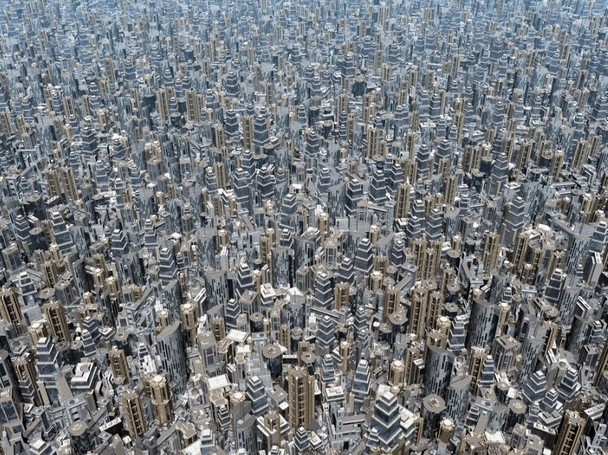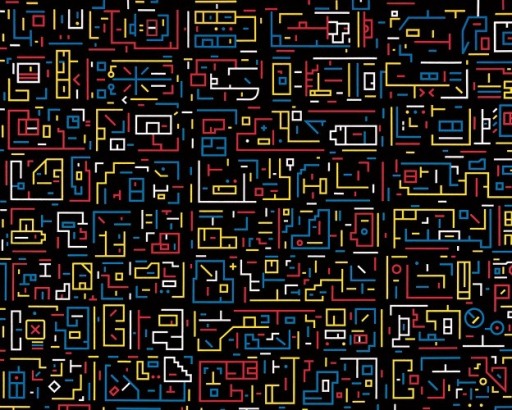The way we study cities is due for an upgrade. With New York alone facing new and more complicated challenges each day, now is the time for the field of urban studies to move past the surface level of knowing, naming, and categorizing our urban places to a deeper, more long-term understanding of how our cities evolve.
William Solecki, who heads CUNY’s Institute for Sustainable Cities, details a new and thorough approach to knowing the “DNA” of cities in this PDF article for Environment Magazine.
“What we need is a comprehensive, integrated, system-level analysis of the city-building process,” says Solecki in a recent article in The Atlantic Cities. “Now’s our window—now’s our time to build these cities as best we can,” Solecki continues. “So we must study this fantastic city-building process that’s underway with all the rigor of a science.”
According to the same article, here is the three-step process that Solecki and his co-researchers Karen C. Seto and Peter J. Marcotullio have laid out toward a new urbanization science:
- To define the basic components of urbanization across time, space, and place.
- To identify the universal laws of city-building, presenting urbanization as a natural system.
- To link this new system of urbanization with other fundamental processes that occur in the world.
This new approach could provide better solutions for current and future challenges in public transportation, housing, and rebuilding and resilience after natural disasters like Sandy. “If we better understand the local, regional, and global urbanization processes,” argue the researchers in “It’s Time for an Urbanization Science,” “these insights could be brought to the city (re)building process now.”
Images: Atlantic Cities and MutantSpace

